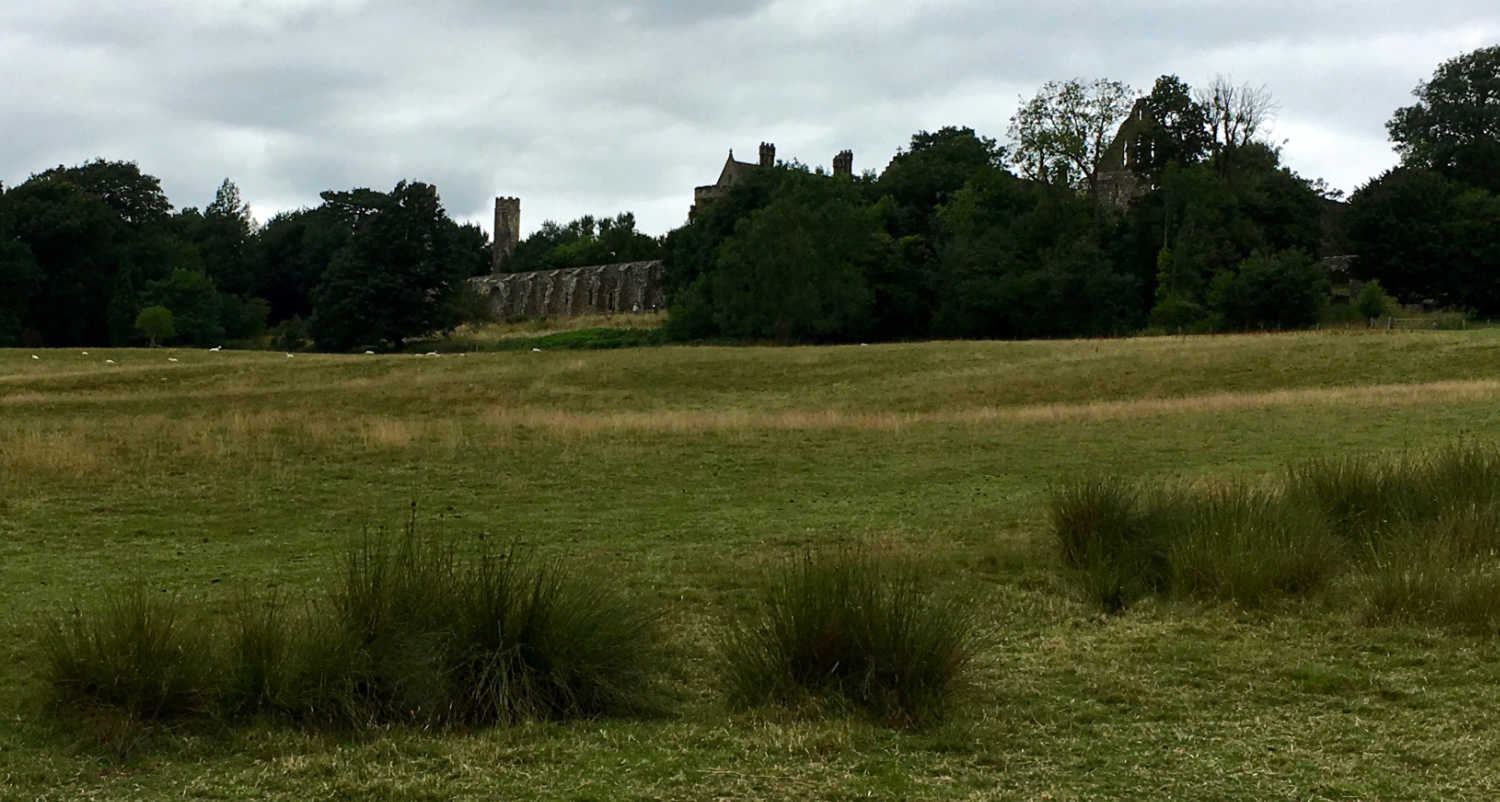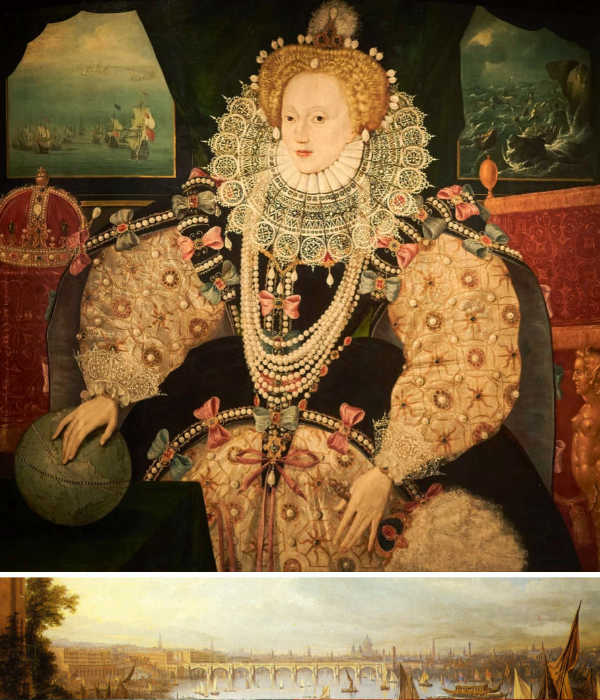Enemies foreign and domestic
What the English wanted all along?

The English had accepted Harold Godwineson as king. He governed them and they fought for him. But there is a hint - just a whiff - that some of them could have done more. Was Harold left in the lurch at the moment when it mattered the most?
After what seems to be short lived rumblings in Northumbria immediately after Harold’s coronation unity, and Harold, reigned. The wobble, if a wobble it was, came in the moments before battle was joined at Hastings.
A hint is provided by the Anglo-Saxon Chronicle, which tells that Harold "fought hard against William with the men who were willing to support him."
The chronicler known as Florence of Worcester, writing years later in the twelfth century, picks up the theme:
…because the English were drawn up in a confined position, many deserted from the line and a very few stood firm with him.
Florence of Worcester
Florence then points the finger directly:
When they heard of his death, earls Edwin and Morcar, who with their forces had withdrawn from the battle, went to London and sent their sister queen Ealdgyth to the city of Chester.
Florence of Worcester
Edwin and Morcar were influential. They were the sons of Aelfgar, the great earl of Mercia under Edward the Confessor. Edwin had succeeded to Mercia in his own right and Morcar was made earl of Northumbria in 1065. Between them they had day-to-day control over most of England north of a line from the Wash to the upper reaches of the Thames. Mercia and Northumbria had been independent kingdoms themselves prior to the Viking invasions of the ninth century. More recently these had formed the basis of the Danelaw, the home of many of those who formed the legacy of Danish England. So the regions had, as they say, previous, and Florence’s allegations carry some weight because of it.
There could have been something in it for the earls. Supporting William may have been a smart move to preserve their position. It may even have created the chance for Edwin as the more senior of the two to fill the ‘under-king’ role that Harold had played in Edward the Confessor’s last years. William, after all, would be new to England and have to split his time between England and Normandy. Orderic Vitalis, another later chronicler writing around 1130, suggests that this may not have been too far fetched for, after the battle,
...when king William made his peace with earl Edwin, granting him authority over his brother and almost a third of England, he had promised to give him his daughter’s hand in marriage…
Orderic Vitalis, c1130
It was a promise William was to renege on, but as an offer it was more than enough to turn heads.
It may have been relatively easy for Edwin and Morcar to pull off, too. Not too much support for William, but just little enough support for Harold to weaken him at the crucial moment.
Plausible enough, but there is also much that is circumstantial.
Edwin and Morcar’s loyalty to England is hardly questioned when, only days earlier, they withstand a bloody defeat at Fulford to delay the advance of Harold Hardrada and Tostig Godewinson’s invading army. This was followed by victory over that same army alongside King Harold himself at Stamford Bridge. That the earls could accompany Harold south shows the completeness of Hardrada’s defeat. The need to leave up to half of the English army in the north suggests that victory was not without its cost.
The Anglo-Saxon Chronicle may be closer to the mark if it is read to mean that Harold’s problem was less one of politics than logistics.

Harold’s strategy at Hastings was to park his army across the road from Hastings to London. He did this atop the hill at Senlac, now Battle, forcing the Norman knights to charge uphill from a marshy valley into the dismounted English lines. There was to be no melee as the two armies collide, as at Stamford Bridge, but a deliberate effort to block the Norman advance and wear down its greatest asset, its mounted knights. If space was limited, as William of Poitiers confirms, it would make sense to send Edwin and Morcar back behind the lines with their retinues tired and depleted from two battles. Harold’s army was big enough to fill the site he chose. Its weaknesses came more from its assembly being too slow for William’s first charge, its loss of experienced leaders to that early attack, and its relative lack of training and discipline as the day wore on.
Nor did Edwin and Morcar rush to William’s side. Why would they? The earls’ sister was Harold’s queen and Harold had put them ahead of his own, slightly wayward, brother Tostig on Northumbria’s rebellion the previous year. As a family, their power and influence was set fair and to be united with the Godwinesons in the next generation.
It is only in their response to the battle that the motive of the earls seems less clear. Departing to London, they backed the claim of Edgar Aetheling to the crown but did not have the strength to either unite English resistance or otherwise halt William’s advance. In the eight weeks that followed Hastings, William could afford to make tentative progress through the south east before moving on London. The major players submitted to the new Norman king in the run up to Christmas first at Wallingford and then Berkhampstead. William confirmed Edwin and Morcar’s positions, but this did not last. Relations had broken down by 1069 and the Revolt of the Earls led to Edwin’s death, Morcar’s imprisonment and the worst destruction seen in generations from William’s Harrying of the North.
So did Edwin and Morcar, two of the greatest men in the land, leave Harold adrift at the crucial moment? No. They had been more than equal to their last two battles, from which the dust had not yet settled and where their losses were so great it is unlikely that they could have made much of a difference if they had wanted to. Harold’s shortcomings on the day were his own, and Edwin and Morcar’s came later when they failed to create a single English resistance or make the north a bulwark against lasting Norman rule.
Bibliography
- Bayeux Tapestry (late C11th)
- Orderic Vitalis (early C12th) Historia Ecclesiastica. Oxford, Oxford University Press
- Florence of Worcester (early C12th) Chronicon ex chronicis
- Rex, Peter (2014) The English Resistance. Stroud, Amberley Publishing

